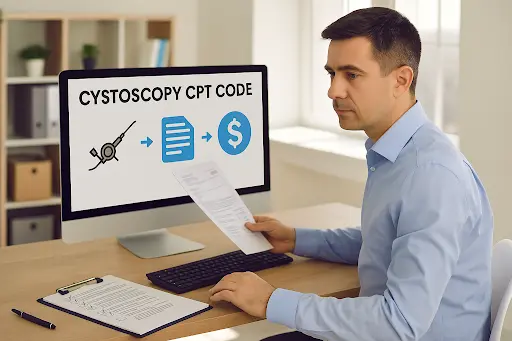Medical coding might seem like a background task, but it’s truly the heartbeat of a smoothly running healthcare practice.
As the third step in the Revenue Cycle Management (RCM) process, it transforms the details of patient visits into a universal coding language that bridges the gap between healthcare providers, insurance companies, and regulators.
At Cadence Collaborative, we see medical coding as more than just a technical necessity—it’s a vital tool for your practice’s success. When done right, it speeds up reimbursements, ensures compliance, and lets you focus on delivering exceptional patient care without unnecessary interruptions.
Curious about what medical coding really involves, why it’s so critical, and how you can master it without the usual stress? Let’s explore how we can make it simpler, smoother, and stress-free for your practice.
The Strategic Importance of Medical Coding in RCM
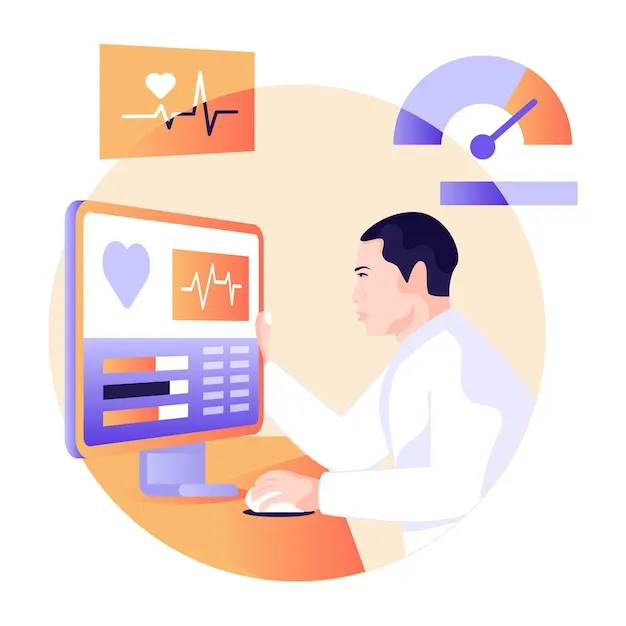
Medical coding is more than just a task—it’s a strategic step in the RCM process. It acts as the backbone of financial operations, turning complex patient care into actionable data that drives billing and payment workflows.
Without accurate coding, the entire revenue cycle is at risk of breaking down, from claim submissions to reimbursement tracking.
Coding’s Role in Aligning Clinical and Financial Operations
One of the most critical roles medical coding plays in RCM is bridging the clinical side of healthcare with financial operations.
Coders ensure that every diagnosis, treatment, and procedure is accurately translated into billable formats, aligning patient care with payer requirements. This step ensures that what happens in the exam room is seamlessly reflected in the practice’s revenue stream.
The Ripple Effect of Coding Errors on RCM Metrics
Mistakes in coding can create a ripple effect across the revenue cycle. A single error can lead to claim rejections, delays in reimbursement, and even discrepancies in financial reporting.
This doesn’t just affect cash flow—it can distort the practice’s financial health and hinder decision-making.
What Exactly Is Medical Coding?
Think of medical coding as the language that connects healthcare providers with insurance companies. It takes all the details of what happened during a patient visit—diagnoses, treatments, procedures—and turns them into codes.
These codes aren’t just random numbers; they’re carefully designed to tell the full story of the care provided.
This isn’t just about paperwork. Medical coding ensures that healthcare providers get paid accurately for the services they provide and that patients’ care is properly documented. It’s a win-win for everyone.
Why Medical Coding Comes Third in RCM
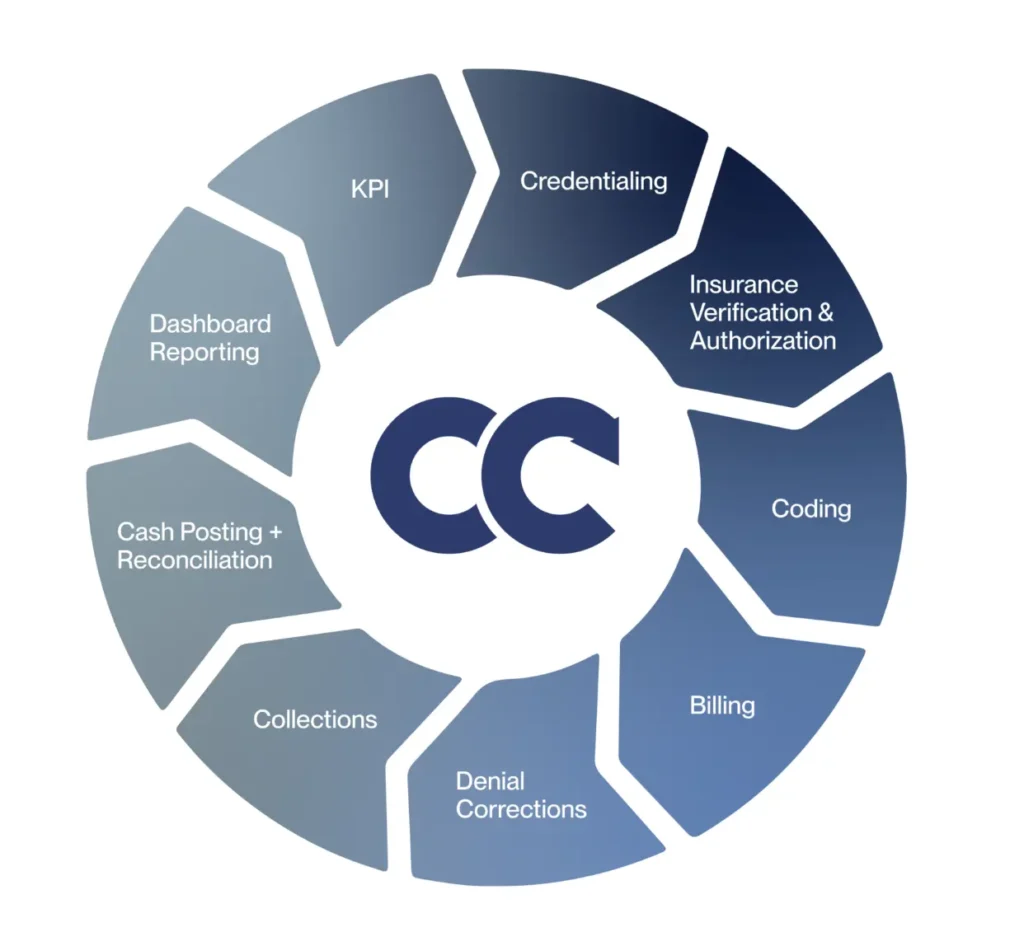
Medical coding is the next step after credentialing and insurance verification.
Once a provider is credentialed with payers and the patient’s insurance coverage is verified, it’s time to capture everything that happened during the visit and turn it into billable codes.
Without accurate coding, the rest of the billing process can fall apart.
Here’s why medical coding is so important in the revenue cycle:
- Claims Accuracy: Proper coding means fewer denied claims.
- Financial Stability: Coding errors can lead to lost revenue or delayed payments.
- Data Insights: Codes help track healthcare trends and improve care.
When done right, coding creates a solid foundation for smooth billing and timely reimbursements.
Types of Codes You’ll See in Medical Coding
Let’s make sense of the alphabet soup that is medical coding:
- ICD-10 Codes: These describe the patient’s diagnosis or condition. For example, if someone has the flu, there’s a specific ICD-10 code for that.
- CPT Codes: These represent the treatments or procedures performed, like an X-ray or a physical exam.
- HCPCS Codes: These cover additional items like medical equipment or ambulance rides.
These codes might look like a secret codebook to some, but they’re the tools that keep the healthcare system organized and functional.
What Does a Medical Coder Actually Do?
Medical coders are the unsung heroes of healthcare. They take a patient’s chart, interpret all the clinical details, and assign the proper codes to each diagnosis and procedure. Their job is a mix of detective work and precision, ensuring every detail is captured accurately.
At Cadence Collaborative, we don’t just assign codes; we make sure they’re correct, complete, and optimized for your practice’s success.
Challenges That Come with Medical Coding
Let’s be honest—medical coding isn’t always straightforward. Here are some common hurdles practices face:
- Keeping Up with Changes: Coding guidelines are updated regularly, and staying current is no small task.
- Incomplete Documentation: If clinical notes are vague or missing details, coders can’t do their job effectively.
- Denials and Audits: Mistakes in coding can lead to denied claims or even audits, which no one wants.
- Staffing Shortages: Not every practice has the resources to hire trained coders, which can lead to errors.
Sound familiar? Don’t worry—we’ve got your back.
Why Accurate Coding Is Non-Negotiable for Reimbursement
Getting coding right isn’t just about following the rules—it’s about keeping your practice financially healthy.
When codes are accurate, claims are more likely to be approved, payments come in faster, and revenue isn’t left on the table.
But when coding goes wrong, it can mean:
- Claims denied by insurance companies.
- Delays in getting paid.
- Reimbursement amounts that don’t match the care provided.
How Clinical Documentation and Medical Coding Work Together
Good coding starts with good documentation. If a provider’s notes aren’t clear or detailed, coders can’t assign the right codes. Here’s how practices can help:
- Use templates for consistent clinical notes.
- Clearly describe diagnoses, treatments, and procedures.
- Include all relevant patient history and findings.
By tightening up documentation, you’re not just helping your coders—you’re helping your practice run smoothly.
How Cadence Collaborative Makes Medical Coding Easy
We know coding can feel overwhelming, especially when you’re trying to focus on patient care. That’s why we’re here to simplify it for you.
At Cadence Collaborative, we combine expert coders, advanced technology, and a deep understanding of payer requirements to take coding off your plate.
Our approach isn’t just about getting codes right—it’s about making sure your claims process is seamless, your reimbursements are timely, and your practice stays ahead of the curve.
Contact us today at +1 401-743-2428!

